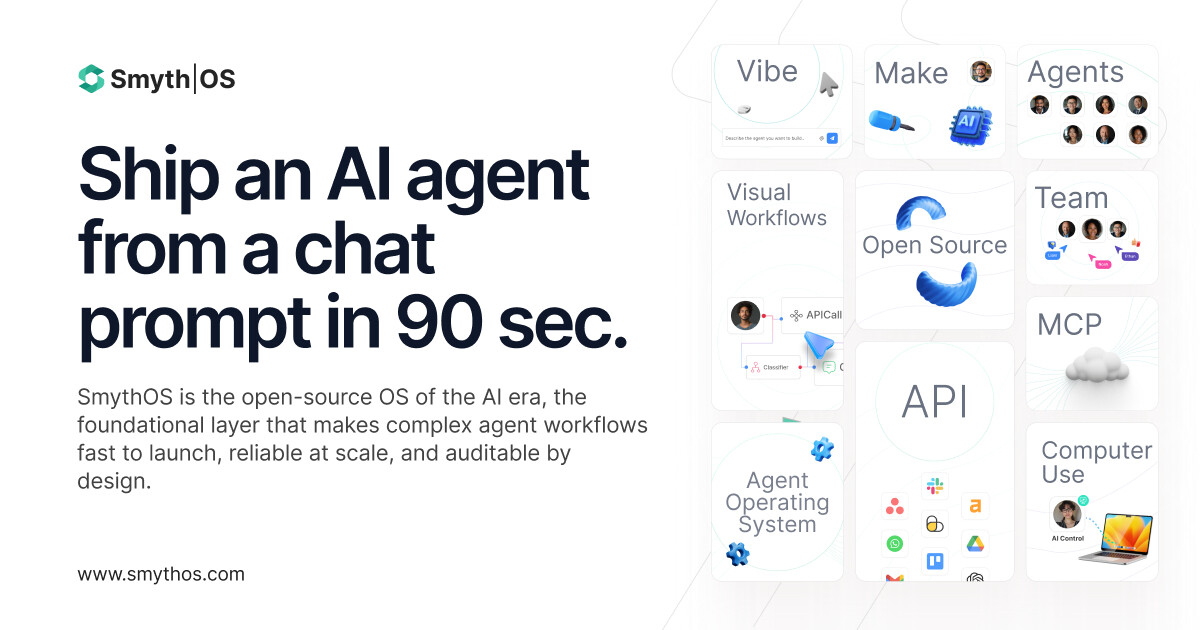- AI Breakfast
- Posts
- Meta Partners with Midjourney
Meta Partners with Midjourney
Good morning. It’s Monday, August 25th.
On this day in tech history: In 1991, on comp.os.minix, Linus Torvalds posted about his new Unix-like operating system, initially a monolithic kernel written in C and x86 assembly with multitasking, virtual memory, and terminal I/O support. This sparked the open-source software revolution and launched the now-ubiquitous Linux kernel that powers everything from servers to smartphones.
In today’s email:
Meta Partners With Midjourney
Grok 2 Goes Open Source
Siri to be rebuilt with Gemini?
5 New AI Tools
Latest AI Research Papers
You read. We listen. Let us know what you think by replying to this email.
Turn AI Into Your Income Stream
The AI economy is booming, and smart entrepreneurs are already profiting. Subscribe to Mindstream and get instant access to 200+ proven strategies to monetize AI tools like ChatGPT, Midjourney, and more. From content creation to automation services, discover actionable ways to build your AI-powered income. No coding required, just practical strategies that work.

Today’s trending AI news stories
Meta Partners with Midjourney
Meta has just licensed Midjourney’s generative image and video models, bringing the startup’s distinctive “aesthetic technology” into Meta’s future AI stack. Announced by Chief AI Officer Alexandr Wang, the deal complements Meta’s in-house work on Imagine, Movie Gen, and DinoV3 while positioning it to better compete with OpenAI’s Sora, Google’s Veo, and Black Forest Labs’ Flux.
Midjourney, with 20 million users and a reputation for design-forward outputs, remains independent and community-backed, but its touch may soon shape Instagram tools, VR assets, or even Meta’s widely mocked chatbots. Founder David Holz emphasized continuity for its subscription services, though industry watchers see the deal as Meta’s bid to fuse compute scale with generative creativity.
1/ Today we’re proud to announce a partnership with @midjourney, to license their aesthetic technology for our future models and products, bringing beauty to billions.
— Alexandr Wang (@alexandr_wang)
8:05 PM • Aug 22, 2025
That compute scale is taking form in Richland Parish, Louisiana, where Meta is investing $10 billion to construct “Hyperion,” a four million-square-foot data center designed to deliver up to 5 GW of AI capacity, surpassing any existing site. The nine-building site will feed Meta’s next open-source language models. Powering it means three new gas plants and 1.5 GW of solar/storage, with Meta committing $3.2B to keep the lights on. Regulators tout it as a blueprint; critics see a future of stranded energy assets if AI efficiency races ahead. Read more.
Grok 2 Goes open-source and Musk’s new ‘MacroHard’ project bets on an AI-only software stack
Elon Musk’s xAI just sketched its most aggressive play yet. The “Macrohard” project is pitched as a software company made entirely of AI agents. No humans in the loop, no hardware required. The plan is to use Grok as a controller to spawn fleets of specialized models for coding, design, speech, video, and testing, then run them inside virtual machines where simulated “AI users” stress-test the results until they’re production ready.
No human dev cycles, no traditional stack - just Colossus, xAI’s Memphis supercomputer scaling on millions of Nvidia GPUs, as the factory floor. Macrohard was trademarked this month with coverage ranging from text generation to game design.
Join @xai and help build a purely AI software company called Macrohard. It’s a tongue-in-cheek name, but the project is very real!
In principle, given that software companies like Microsoft do not themselves manufacture any physical hardware, it should be possible to simulate
— Elon Musk (@elonmusk)
11:24 AM • Aug 22, 2025
At the same time, xAI has made Grok 2 fully open, releasing its weights on Hugging Face - effectively handing developers a production-grade LLM to dissect, benchmark, or fine-tune. This isn’t a free sandbox: the xAI Community License bans using Grok 2 to bootstrap competing foundation models and requires redistribution to carry the “Powered by xAI” mark. Non-commercial tinkering is wide open, while commercial deployments must clear xAI’s terms.
The @xai Grok 2.5 model, which was our best model last year, is now open source.
Grok 3 will be made open source in about 6 months.
— Elon Musk (@elonmusk)
10:16 PM • Aug 23, 2025
Musk also confirmed Grok 2.5 is already open-sourced, with Grok 3 set to follow in six months. Strategically, this move plants xAI firmly in the open-model camp alongside Meta and Mistral, while keeping tight control over competitive spillover. Read more.
Apple bends its AI walls without breaking them
Bloomberg reports that Apple is exploring Google’s Gemini to power a rebuilt Siri, even as it tests two internal systems: Linwood, its trillion-parameter in-house LLM, and Glenwood, a hybrid setup integrating external providers. The target is 2026, a year late after scaling stumbles and leadership churn that saw AI architect Ruoming Pang defect to Meta on a $200M deal. The Gemini talks, and parallel feelers to OpenAI and Anthropic, signal Apple’s recognition that privacy-driven, on-device AI alone won’t close its competitive gap.

That same pragmatism is shaping Apple’s enterprise push. September’s updates will let IT teams toggle which external models employees can access, starting with ChatGPT Enterprise, while deciding whether data stays in Apple’s Private Cloud Compute or moves to external clouds. The company is also shipping infrastructure upgrades, from Apple Business Manager APIs to streamlined device migrations and Vision Pro fleet support, that underscore a new strategy: Apple isn’t surrendering control, but selectively opening gates where leverage matters. Read more.

OpenAI hands the wheel to Fidji Simo while Altman chases the high-risk bets
“Simulating reality”: Runway’s CTO on why Hollywood is already AI’s playground
Researchers show how Comet can be hijacked with hidden prompts
Developers lose focus 1,200 times a day — how MCP could change that
OpenCUA brings open-source agents within striking distance of Anthropic and OpenAI
Higgsfield AI Launches WAN 2.2, its most advanced open-source model for video & image
Netflix wants its partners to follow these rules when using gen AI
MCP-Universe benchmark shows GPT-5 fails more than half of real-world orchestration tasks
Reformulating web documents into synthetic data addresses the growing limits of AI training data
Higher token consumption can reduce the efficiency of open reasoning models
Spiral-Bench shows which AI models most strongly reinforce users' delusional thinking
McKinsey, BCG, and Deloitte's new competition is small, fast, and driven by AI

5 new AI-powered tools from around the web

arXiv is a free online library where researchers share pre-publication papers.


Thank you for reading today’s edition.

Your feedback is valuable. Respond to this email and tell us how you think we could add more value to this newsletter.
Interested in reaching smart readers like you? To become an AI Breakfast sponsor, reply to this email or DM us on 𝕏!






